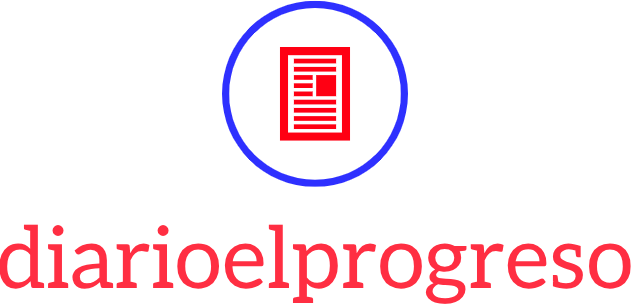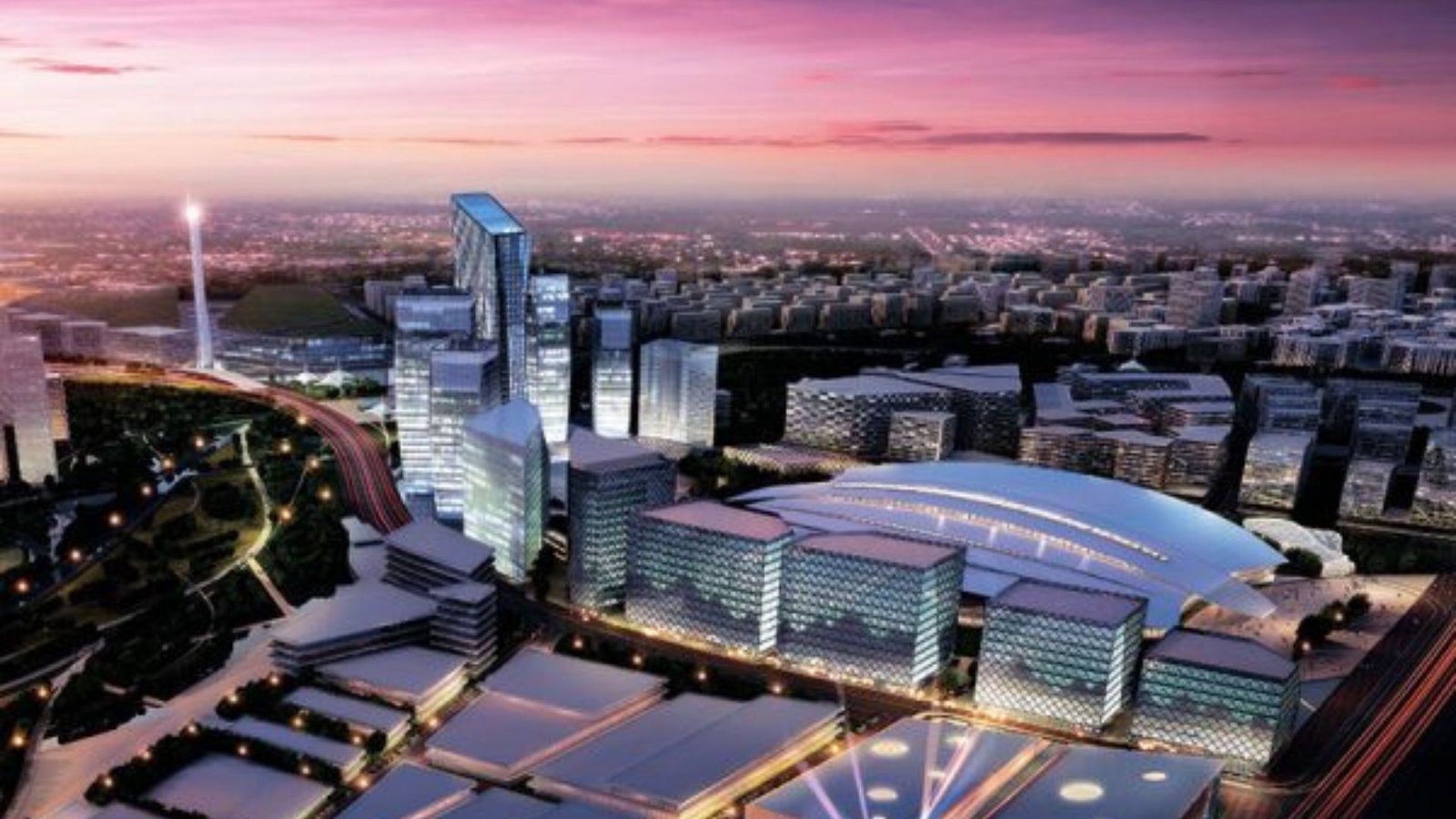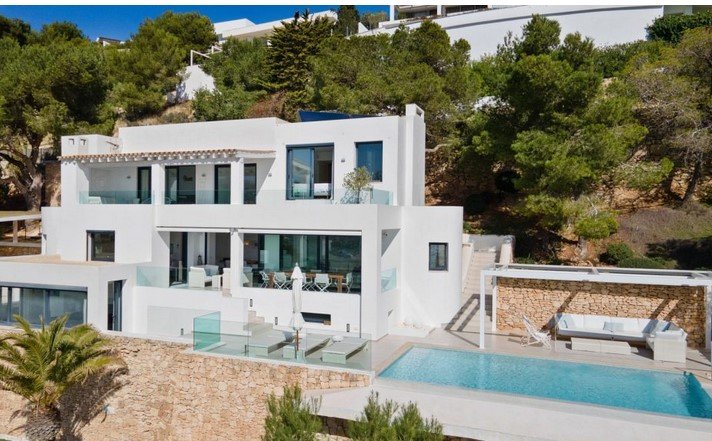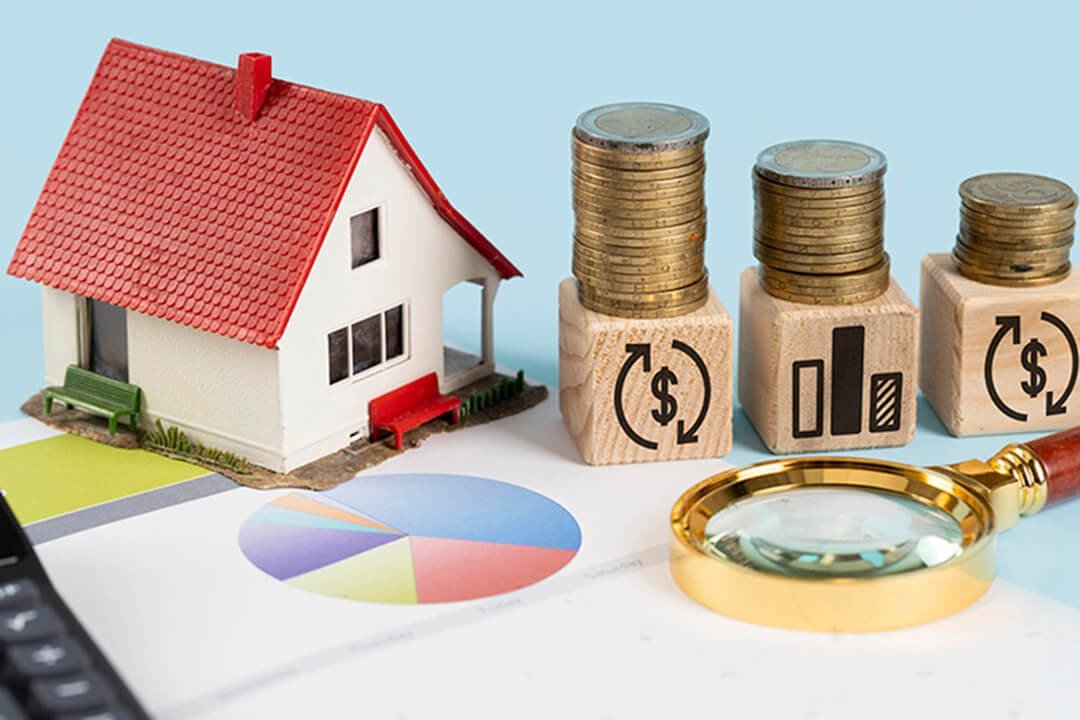Cultural events significantly influence real estate markets by driving property values, shaping urban development, and boosting local economies. Festivals, art shows, and other cultural activities can transform neighborhoods and attract investment. In this article, we’ll explore how cultural events affect real estate and the various ways in which they contribute to economic and urban growth.
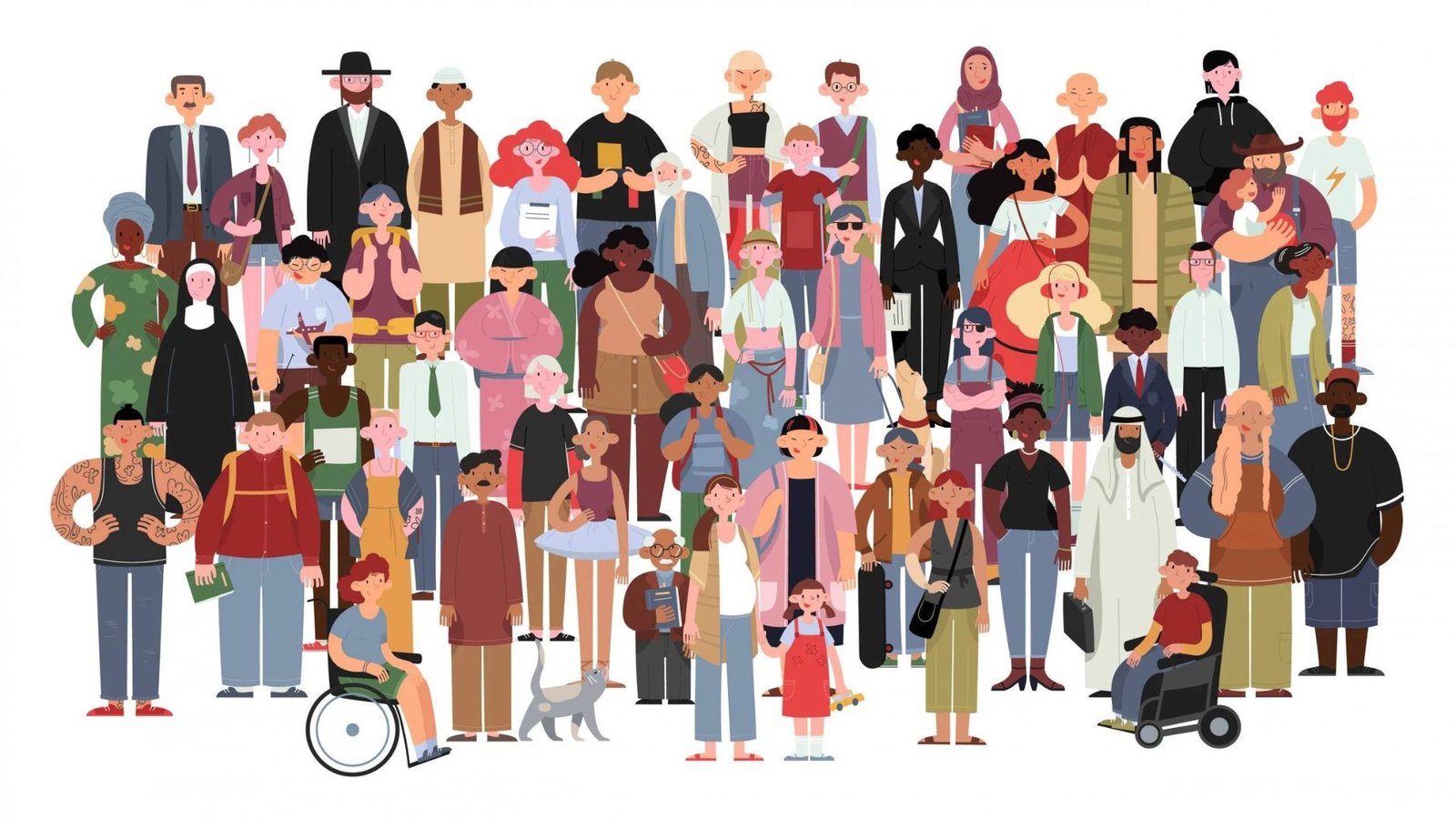
Key Ways Cultural Events Affect Real Estate
Property Values
Cultural events can have a notable impact on property values:
- Increased Demand: Properties near cultural venues or event locations often see higher demand. Residents and investors value the vibrancy and accessibility of living close to cultural activities, which can lead to increased property values.
- Enhanced Appeal: The presence of popular cultural events can make an area more attractive to buyers and renters. For instance, neighborhoods hosting annual festivals or art galleries often experience a rise in property prices due to their cultural cachet.
- Short-Term Gains: During major cultural events, property values may temporarily spike. Investors and homeowners may capitalize on this by renting out properties or selling them at higher prices.
Urban Development
Cultural events often drive urban development and transformation:
- Revitalization Projects: Cultural events can trigger revitalization projects, especially in underdeveloped or neglected areas. Investing in infrastructure improvements and redeveloping old buildings can breathe new life into these neighborhoods.
- Public Spaces: The creation of new public spaces, such as parks or cultural centers, is often associated with cultural events. These improvements enhance the attractiveness of the area and encourage further real estate development.
- Mixed-Use Developments: Cultural events can lead to the development of mixed-use properties that combine residential, commercial, and recreational spaces. These developments create vibrant, multifunctional neighborhoods that attract residents and businesses alike.
Local Economies
Cultural events contribute to local economies in various ways:
- Job Creation: Organizing and hosting cultural events generate jobs in areas such as event planning, security, hospitality, and retail. This employment boosts the local economy and supports real estate markets.
- Increased Spending: Visitors attending cultural events spend money on accommodations, dining, and shopping. This influx of spending benefits local businesses and contributes to the economic vitality of the area.
- Tourism Boost: Major cultural events attract tourists, who often stay in nearby hotels or rental properties. This increased tourism can drive up demand for short-term rentals and boost property values in the surrounding areas.
Examples of Cultural Events Impacting Real Estate
Annual Festivals
Annual festivals can have a lasting impact on local real estate:
- New Orleans Jazz & Heritage Festival: The annual Jazz & Heritage Festival attracts thousands of visitors to New Orleans, leading to increased demand for properties and short-term rentals in the area. This festival also drives investments in local infrastructure and businesses.
- Edinburgh Festival Fringe: The Edinburgh Festival Fringe significantly impacts real estate in Edinburgh, with increased demand for accommodations and a rise in property values during the festival period. The festival’s influence extends beyond the event itself, contributing to long-term urban development.
Art Exhibitions and Museums
Art exhibitions and museums play a role in real estate development:
- Guggenheim Museum in Bilbao: The opening of the Guggenheim Museum in Bilbao transformed the city’s real estate market. The museum attracted global attention and investment, leading to increased property values and the development of new residential and commercial spaces.
- Chelsea Art District in New York: The growth of the Chelsea art district in New York City has been driven by the presence of numerous galleries and art institutions. This cultural hub has led to significant real estate development, including the construction of new residential and commercial properties.
Cultural Districts
Designated cultural districts can reshape neighborhoods:
- Los Angeles Arts District: The Arts District in Los Angeles has evolved into a vibrant area with galleries, studios, and cultural venues. The district’s development has driven real estate investment and increased property values, making it a desirable location for both residents and businesses.
- San Francisco’s Mission District: The Mission District’s cultural events and vibrant arts scene have contributed to its real estate growth. The area’s popularity has led to increased property values and the development of new residential and commercial spaces.
Challenges and Considerations
Gentrification
Cultural events can sometimes lead to gentrification:
- Displacement: As property values rise due to cultural events, lower-income residents may be displaced. Addressing this issue involves creating affordable housing options and ensuring that the benefits of development are shared with existing communities.
- Community Impact: Ensuring that cultural events and developments benefit all residents, rather than just newcomers, helps mitigate the negative effects of gentrification.
Infrastructure Strain
Cultural events can place a strain on local infrastructure:
- Capacity Issues: Major events can lead to overcrowding and strain on public services. Investing in infrastructure improvements and expanding capacity helps manage these challenges and supports sustainable development.
- Maintenance Costs: The costs of maintaining and upgrading infrastructure to accommodate cultural events should be considered in development planning to ensure long-term sustainability.
Environmental Impact
Cultural events can have environmental implications:
- Sustainable Practices: Implementing sustainable practices and green building standards in the development of cultural facilities helps minimize environmental impact and supports community well-being.
- Environmental Assessments: Conducting environmental assessments before major cultural developments ensures that potential impacts are identified and addressed.
Future Trends
Integration of Technology
Technology will play a growing role in cultural events and real estate:
- Virtual and Augmented Reality: Virtual and augmented reality technologies will enhance the experience of cultural events and provide new ways for people to engage with art and culture, potentially influencing real estate development.
- Smart City Initiatives: Integrating smart technologies into cultural districts and public spaces will improve efficiency and enhance the appeal of these areas for residents and investors.
Emphasis on Sustainability
Sustainability will become increasingly important:
- Eco-Friendly Developments: Future cultural events and real estate projects will focus on eco-friendly practices and sustainable development, contributing to environmentally responsible growth.
- Community-Oriented Design: Emphasizing community engagement and inclusive design will ensure that cultural developments benefit all residents and promote equitable growth.
Conclusion
In summary, cultural events have a significant impact on real estate by influencing property values, driving urban development, and contributing to local economies. Festivals, art exhibitions, and cultural districts can transform neighborhoods and attract investment, leading to vibrant and thriving communities.
Addressing challenges such as gentrification and environmental impact, while embracing future trends in technology and sustainability, will help maximize the positive effects of cultural events on real estate. By understanding these dynamics, investors, developers, and policymakers can harness the potential of cultural activities to drive successful and inclusive real estate growth.
